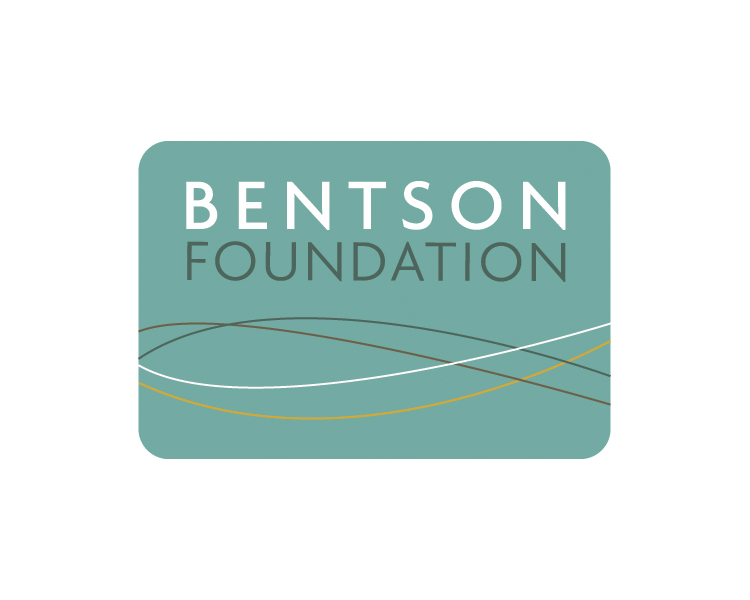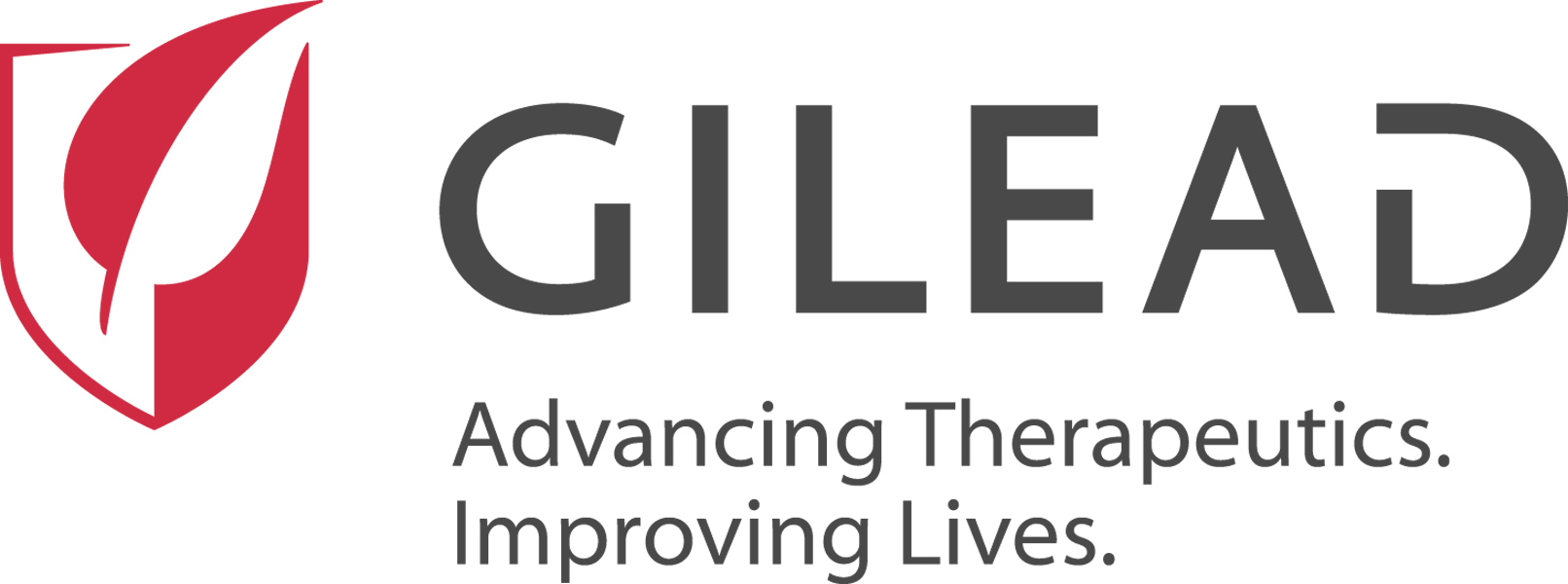Leaders with the US Department of Health and Human Services (HHS) have announced changes to vaccine recommendations and made statements about vaccine safety without evidence. They also announced a connection between acetaminophen (Tylenol) and autism with a level of certainty the data don’t support, and, in fact, sometimes contradict.
But evidence isn’t the only thing federal health officials aren’t providing this year that will reduce vaccination rates and increase the likelihood that more people of all ages get seriously ill this respiratory virus season from flu, COVID, and respiratory syncytial virus (RSV).
Gone are HHS and Centers for Disease Control and Prevention (CDC) campaigns encouraging vaccinations, along with annual efforts by federal officials to remind people about protecting themselves against the flu or parents about the importance of getting their kids vaccinated before school starts. These absences are conspicuous and consequential, and they’re adding up.
A resounding silence
Consider that in August the CDC recorded the most pediatric flu deaths in a single season—now up to 281—since it started tracking the statistic, and there was no mention of it from HHS or Health Secretary Robert F. Kennedy Jr.
No news conference. Not even a tweet to connect the deaths with the obvious need to increase flu vaccinations this fall. Nothing.
Instead, back in June, when the number was around 250, a member of RFK Jr.’s handpicked Advisory Committee on Immunization Practices characterized the number as “modest.”
No news conference. Not even a tweet to connect the deaths with the obvious need to increase flu vaccinations this fall. Nothing.
Last year, the CDC, in conjunction with the Ad Council and the American Medical Association, ran the second season of its Wild to Mild campaign, which was widely praised for its realistic take on the benefits of flu vaccination, emphasizing how it helps lessen disease severity.
In addition to Wild to Mild, last year, HHS launched its Risk Less. Do More. campaign, which included TV, digital, and social media ads, as well as fact sheets, sample text messages, and posters supporting vaccination for clinical settings. The campaign encouraged people to get vaccinated against flu, COVID and RSV, focusing on people at highest risk for severe illness. Long-term care facilities were a particular focus. Don’t expect to see Risk Less. Do More this fall, either.
HHS pulled Wild to Mild in February, and it no longer appears on cdc.gov.
It's reasonable to ask what impact these types of campaigns have on vaccination awareness or vaccine uptake. One study published in 2024 in the Journal of Health Communication measured the impact of HHS’s We Can Do This campaign, showing that “short-term increases in digital advertising and greater levels of long-term accumulation of TV advertising were associated with an increased likelihood of self-reported first-dose COVID-19 vaccinations.” Other studies have also supported the connection between paid advertising and vaccine uptake.
In addition to paid media campaigns, before respiratory virus season, the CDC typically worked with clinicians to build tools and resources they can use to answer patients’ vaccine questions in the exam room—conversation guides that had answers to frequently asked questions and the latest data. And CDC communications staff worked with local media outlets around the country to provide experts who could talk about respiratory viruses and how people could best protect themselves. These engagements have screeched to a halt.
A ‘proactive campaign to discourage vaccination’
In the fall, top HHS and CDC officials typically made campaign stops across the country to encourage vaccination; CDC directors created media events around getting the COVID vaccine to raise awareness and illustrate its safety. And they would kick off the National Foundation for Infectious Disease’s annual news conference, which serves as a marker for the start of flu season, highlighting the importance of vaccination to prevent severe illness. Don’t expect any of that to happen this year, especially as CDC continues to operate without a permanent director.
These changes underline just how critical it is this fall that medical societies, public health advocates, and clinicians continue to talk about the importance of vaccination and highlight the data.
Funding priorities, of course, change across administrations. What one team sees as important, the next one often doesn’t. But support for vaccination has remained consistent across Democratic and Republican administrations. If you add the conspicuous absence of pro-vaccination messages to the glut of misleading statements from top health officials about vaccine safety and effectiveness, the federal government’s effort this year looks more like a proactive campaign to discourage vaccination.
It may well result in fewer people getting vaccinated this fall and winter, and we know from the data that fewer people getting vaccinated will mean more who get severely ill, need hospital care, and die from flu, COVID, and RSV.
These changes underline just how critical it is this fall that medical societies, public health advocates, and clinicians continue to talk about the importance of vaccination and highlight the data, whether that’s through one-on-one conversations or social media channels or in the news media.
Those voices are more important than ever. And this year, they’re not likely to be echoed by federal health officials.
Vaccine Integrity Project Viewpoints are authored by project staff and advisers. They are intended to address timely issues regarding vaccines with straight talk and clarity by presenting facts to counter falsehoods.

















